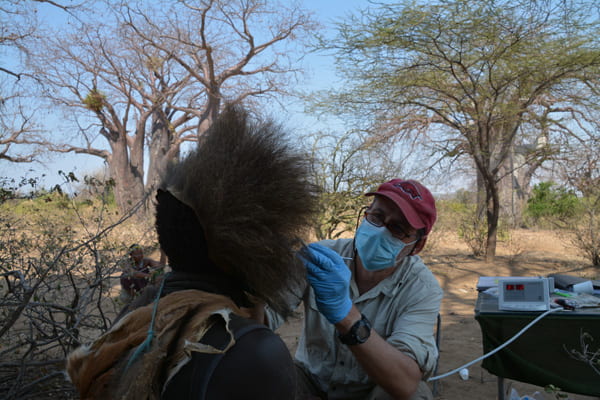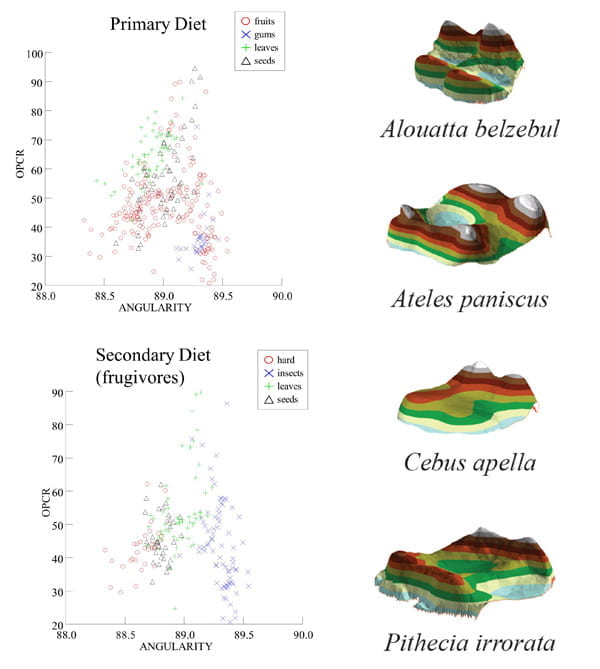Hadza oral health research
Team Members: Peter S. Ungar, Alyssa Crittenden, John Sorrentino, Jerry Rose
Funding Source: US National Science Foundation
Our group examined oral health in the Hadza peoples of Tanzania, the last remaining hunter-gatherers in Africa. Our research has focusing on changes in caries rate, periodontal disease, orthodontic disorders and developmental defects associated with the transition from foraging for wild foods to an agriculture-based village subsistence.
Predmostí canid microwear
Team Members: Kari Prassack, Peter S. Ungar, Josie DuBois, Martina Laznickova-Galetova, Mietje Germonpre.
We examined microwear textures on the carnassials and postcarnassial teeth of fossil canids from the site of Predmosti in the Czech Republic. Some researchers have distinguished “protodogs” from wolves at this important Upper Paleolithic site, and hence Predmosti is an important key to debates concerning the initial domestication of dogs. Our project contributes to the discussions by testing the hypothesis that samples identified as protodogs had different diets than those recognized as wolves.
Dental biotribology and microwear/nanowear formation
Team Members: Jing Xia, Peter S. Ungar, Licheng Hua, Zhong-rong Zhou, Jing Zheng, Linmao Qian, David Daegling, Jean-Francois Meullenet, Ryan Tian.
Funding Source: The National Academy of Science of China, Southeastern Conference
We used principles from engineering to study the tribological properties of teeth. Our work has focused on the etiology of microwear and nano-scale tooth wear in light of the biomechanical and chemical properties of tooth enamel. This has involved a series of in vitro experiments involving chewing machines, nanoindentors, atomic force microscopes, instron machines and other instruments to work out the conditions and processes underlying the removal of enamel tissue from tooth surfaces.
Relationships between dental topography and diet in platyrrhine primates
Team Members: Carrie Healy, Aleksis Karme, Mikeal Fortelius, Peter Ungar, Mark Teaford
Funding Source: LSB Leakey Foundation
This project involved generating and laser scanning high-resolution replicas of the upper second molars of 341 wild-caught individuals from 16 species of platyrrhine. Specimens were grouped by reported dietary preference into frugivores, gummivores, folivores, and seed eaters. Additional analyses were conducted on the frugivores alone, separating those that
supplement their diets with hard objects, insects, leaves, and seeds. Results indicate that each preferred diet type shows a distinctive combination of occlusal slope, relief, angularity, sharpness, and orientation patch count (rotated) for given gross wear categories. Furthermore, among the frugivores, secondary diet groups were also well separated.




